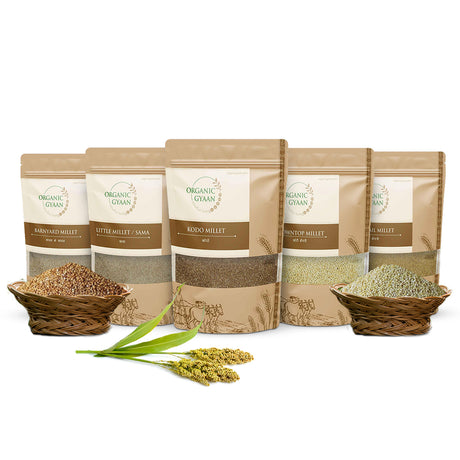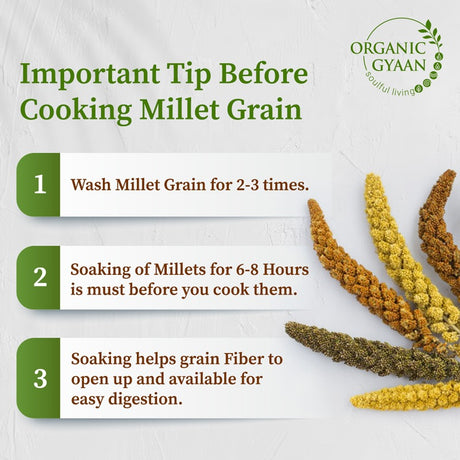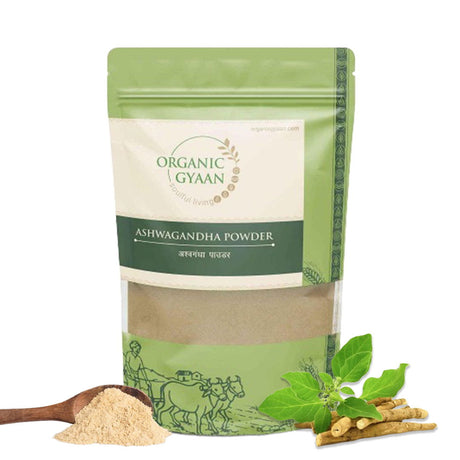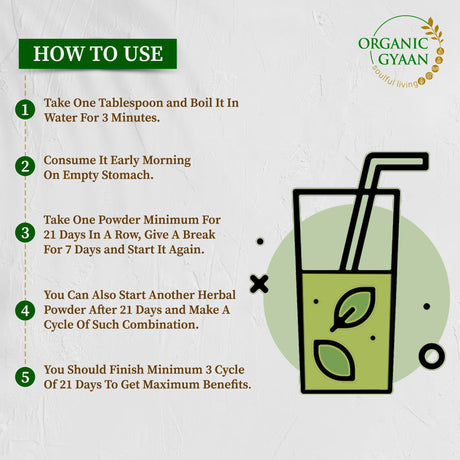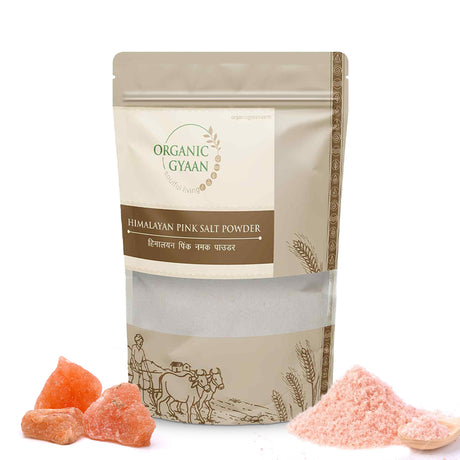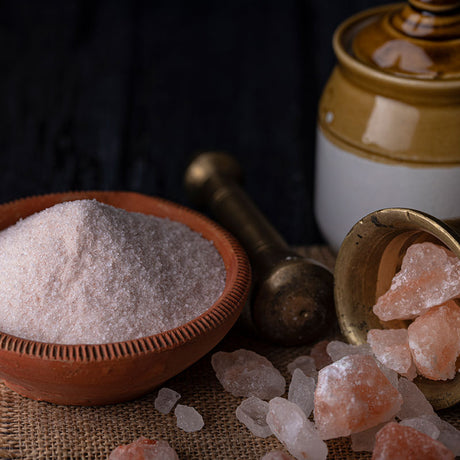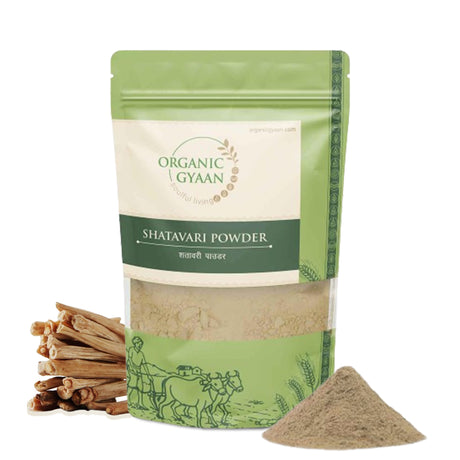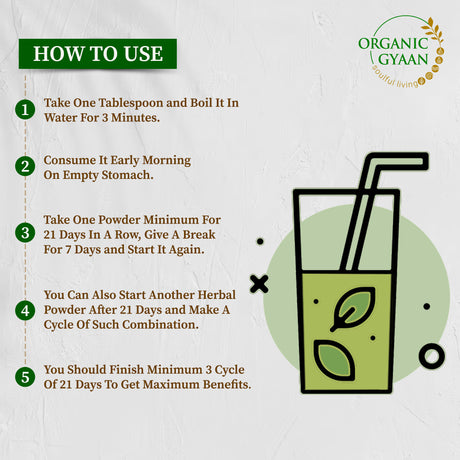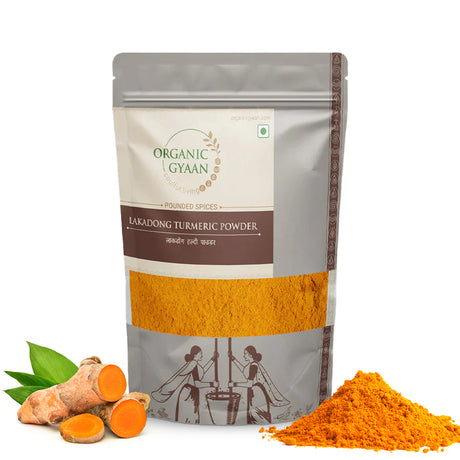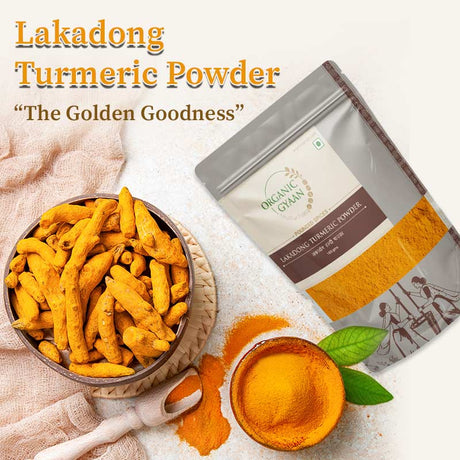In recent years, ancient grains have made a remarkable comeback, with kodo millet leading the way, particularly for those looking to manage their weight or cholesterol. This lesser-known grain is a powerhouse of nutrients, offering a host of health benefits, especially for those struggling with diabetes, weight gain, and high cholesterol. In this blog, we'll explore the benefits of incorporating kodo millet into your diet and provide practical ways to include this versatile grain in your meals.
Introduction to Kodo Millet
Kodo millet, a traditional and ancient grain, is gaining popularity as a superfood due to its high nutritional value and health benefits. Recognized for its versatility and health-promoting properties, this grain is an excellent choice for anyone looking to improve their dietary habits. With its rich fiber content, essential minerals, and low glycemic index, kodo millet is not only a boon for weight loss but also an ideal food choice for managing diabetes and cholesterol levels.
Nutrition Value of Kodo Millet:
|
Nutrients |
Amount per 100g |
|
Energy |
309 kcal |
|
Protein |
8.3 g |
|
Dietary Fiber |
9 g |
|
Fats |
3.6 g |
|
Carbohydrates |
65.9 g |
|
Calcium |
27 mg |
|
Iron |
1.7 mg |
Benefits of Kodo Millet for Weight Loss or Lowering Cholesterol:
1. High Fiber Content
Kodo millet is packed with dietary fiber, which is essential for weight loss and lowering cholesterol levels. Fiber helps in keeping you full for longer periods, reducing the overall intake of calories. Additionally, it aids in the elimination of LDL cholesterol (the "bad" cholesterol) from the body, thus improving heart health.
2. Low Glycemic Index
For those managing diabetes, incorporating kodo millet into the diet can be beneficial. Kodo millet for diabetes is a wise choice due to its low glycemic index, which means it releases glucose slowly into the bloodstream, preventing sudden spikes in blood sugar levels.
3. Rich in Antioxidants
Kodo millet is rich in antioxidants, which help in combating inflammation and reducing cholesterol levels. Antioxidants also play a role in preventing the accumulation of fat, thereby aiding in weight loss.
4. Gluten-Free
For those with gluten intolerance or celiac disease, kodo millet provides a nutritious and safe alternative to traditional grains like wheat and barley.
Ways to Eat Kodo Millet:
1. Kodo Millet Porridge
Start your day with a bowl of warm kodo millet porridge. Cooked with water or milk and sweetened with natural sweeteners like honey or fruit, it makes for a nutritious and satisfying breakfast.
2. Kodo Millet Salad
For a light and healthy lunch, try a kodo millet salad. Toss cooked kodo millet with your choice of vegetables, a sprinkle of herbs, and a dash of lemon juice or vinegar for a refreshing meal.
3. Kodo Millet Stir-Fry
Replace rice or noodles with kodo millet in your favorite stir-fry recipes. It pairs well with a variety of vegetables and proteins, making for a balanced and filling dinner.
4. Kodo Millet in Soups and Stews
Add texture and nutrition to soups and stews by incorporating kodo millet. It absorbs flavors well and contributes to a heartier dish.
5. Kodo Millet Snacks
Create healthy snacks by using kodo millet in recipes for granola bars, muffins, or pancakes. These make for convenient and healthy options when you're on the go.
Conclusion
Incorporating kodo millet into your diet is a smart choice for anyone looking to lose weight or lower cholesterol levels. Its high fiber content, low glycemic index, richness in antioxidants, and gluten-free nature make it an excellent alternative to traditional grains. From breakfast porridge to hearty dinners and snacks, there are numerous ways to enjoy the health benefits of this ancient grain. So why not give kodo millet a try and see the positive changes it can bring to your health and well-being?


